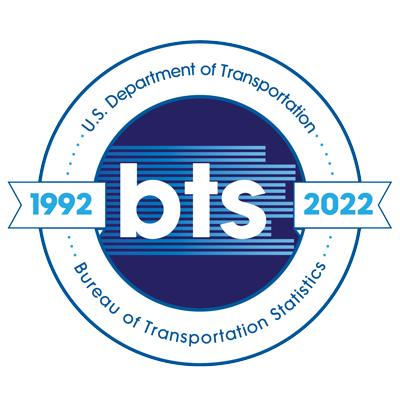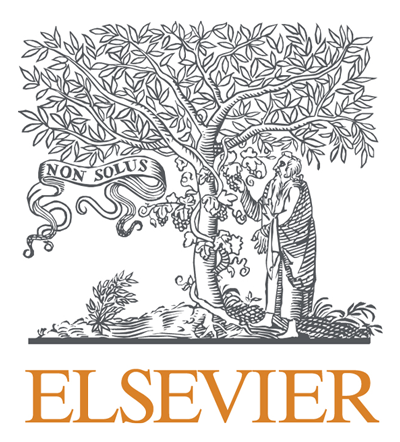Assessment of Cover Crops and Tillage Practices in the Maumee River Watershed Area of Ohio Using Big Spatial Data
Topics:
Keywords: OpTIS, Accuracy assessment, Cover crops, Tillage practices, BMPs, Spatial data
Abstract Type: Paper Abstract
Authors:
Md Rifat Hossain, Department of Geography and Planning, University of Toledo
Kimberly A Panozzo, Department of Geography and Planning, University of Toledo
Ishfaq Rahman, Department of Geography and Planning, University of Toledo
Kevin Czajkowski, Department of Geography and Planning, University of Toledo
Madison R. Miller, State University of New York at Fredonia
,
,
,
,
,
Abstract
Adopting conservation measures in agriculture has become a major policy and research priority to reduce the growing negative environmental impacts (e.g., algal bloom, soil erosion). Best Management Practices (BMPs) in agriculture are seen as potential solutions for minimizing adverse environmental impacts and could possibly improve environmental quality indicators. Evaluating crop and tillage practices is crucial for evaluating the effectiveness of different management strategies and making informed decisions. This work validates the cover crops and tillage practices of the Operational Tillage Information System (OpTIS) data using a novel large spatial-temporal dataset of the Maumee watershed area of Ohio. This study utilized orthorectified high-resolution aerial imagery, which contains images collected during leaf-off conditions to create Area of Interest (AOIs) representing field boundaries. 635 roadside transects in 2017 and 167 roadside transects in 2018 were used for OpTIS validation. The accuracy results show, cover crops were more accurate in comparison to tillage practices in both years, at 83% and 92%, respectively. Tillage practices were reclassified as part of the post-evaluation of the accuracy level. The outcome of this evaluation demonstrated a slight improvement in the accuracy level. The discrepancy between the observed and predicted data in the OpTIS set is due to a mismatch in agricultural field boundaries and an overestimation of moderate tillage practices. The model's inaccuracies in identifying agriculture types were mostly due to the low precision of derived agricultural field boundaries. Correcting the difference caused by the geolocation of the input field data required defining more precise field boundaries.
Assessment of Cover Crops and Tillage Practices in the Maumee River Watershed Area of Ohio Using Big Spatial Data
Category
Paper Abstract








